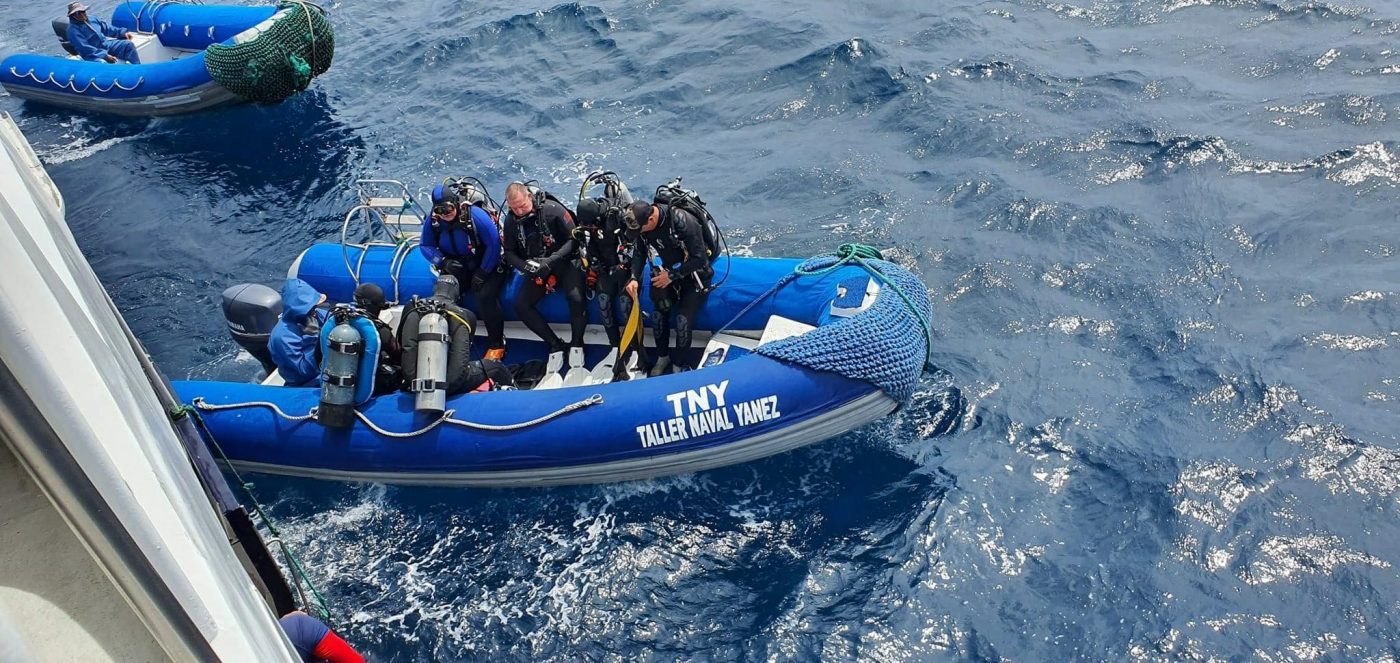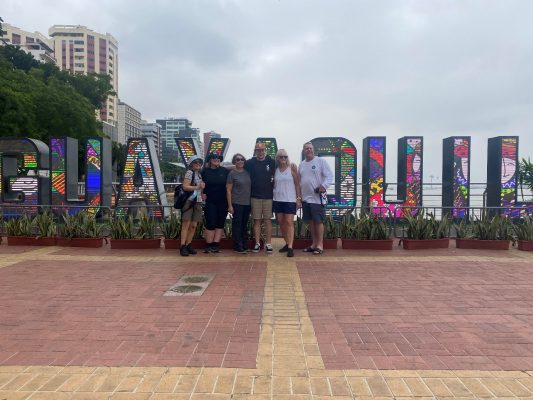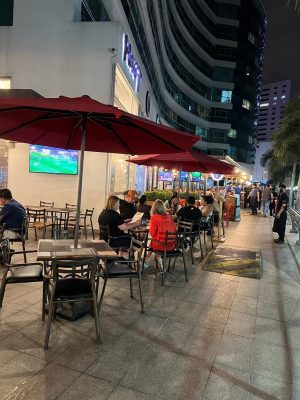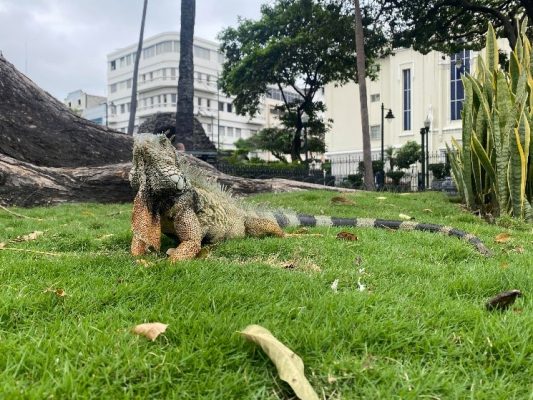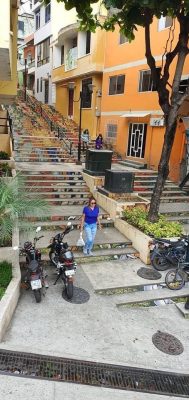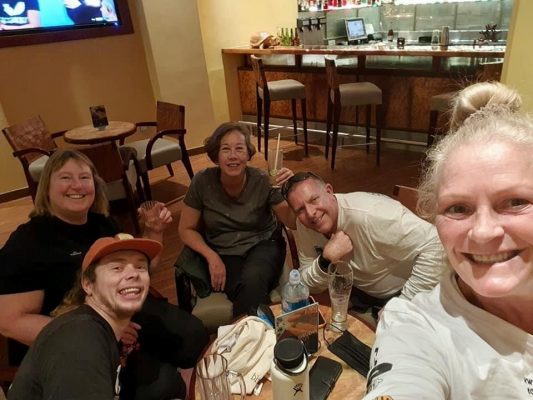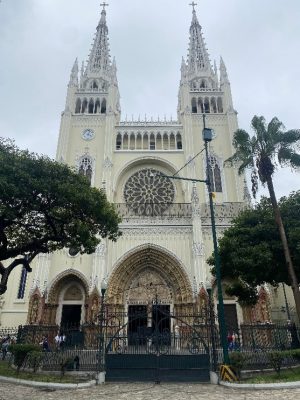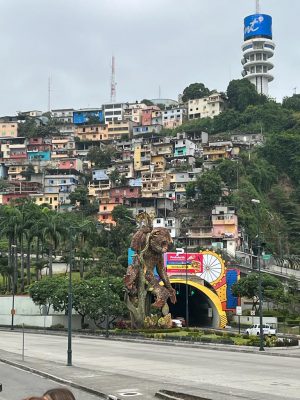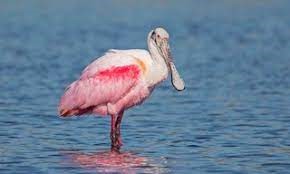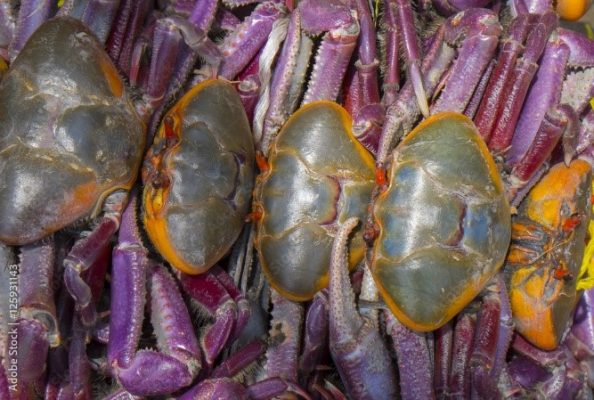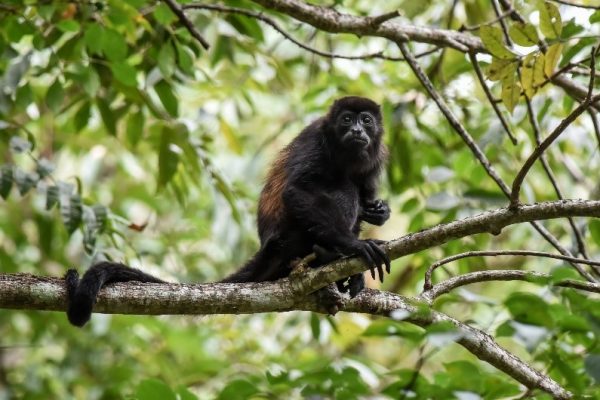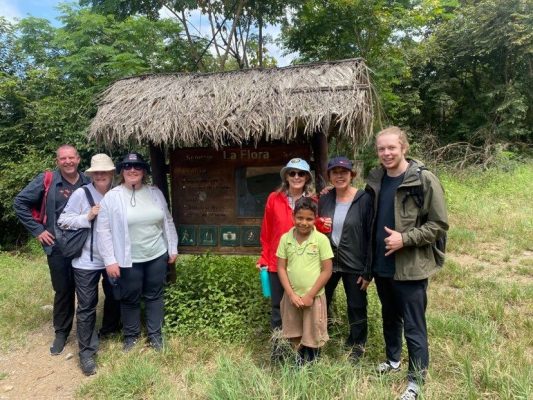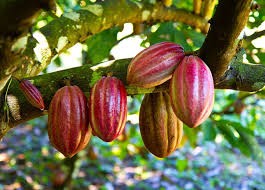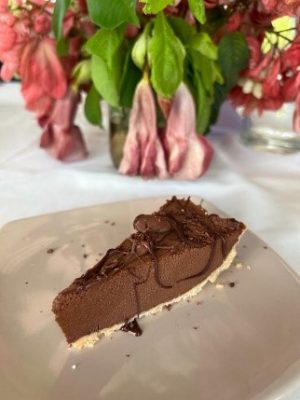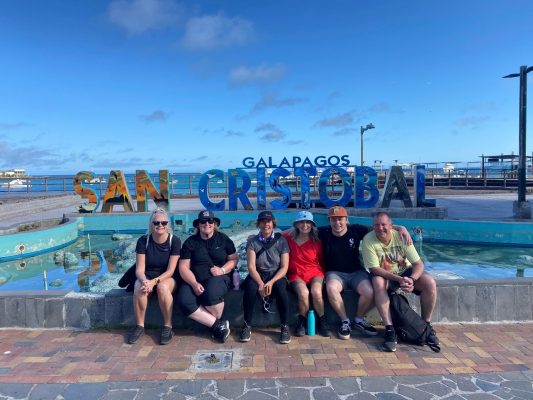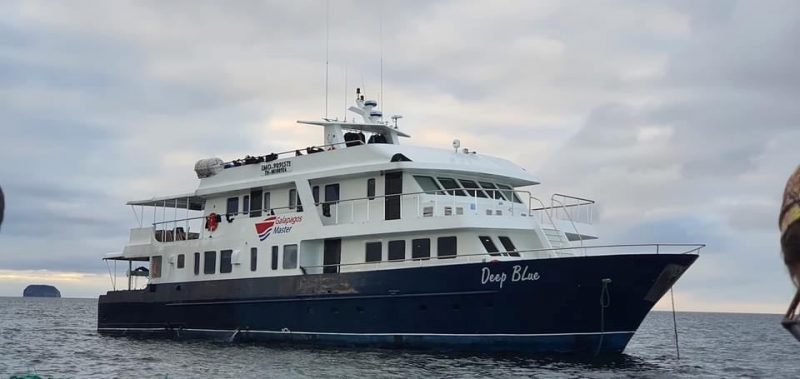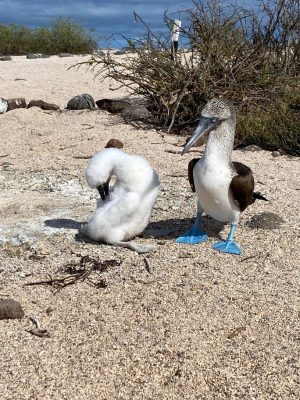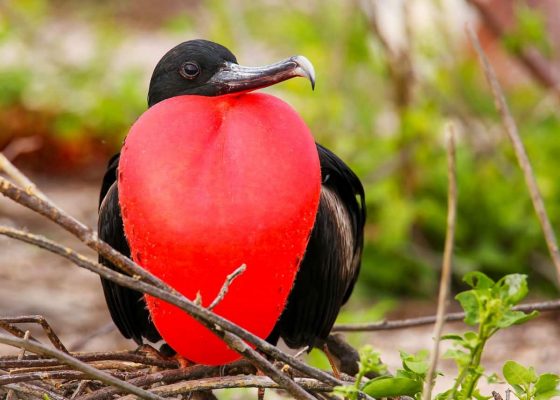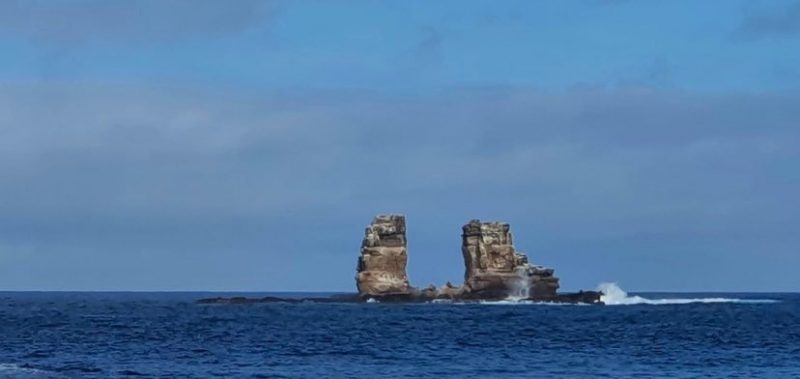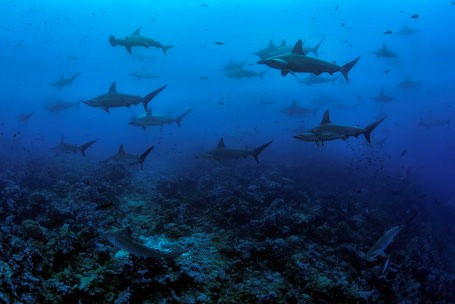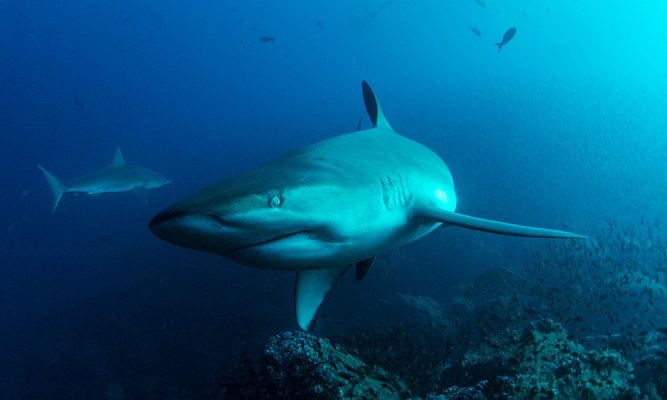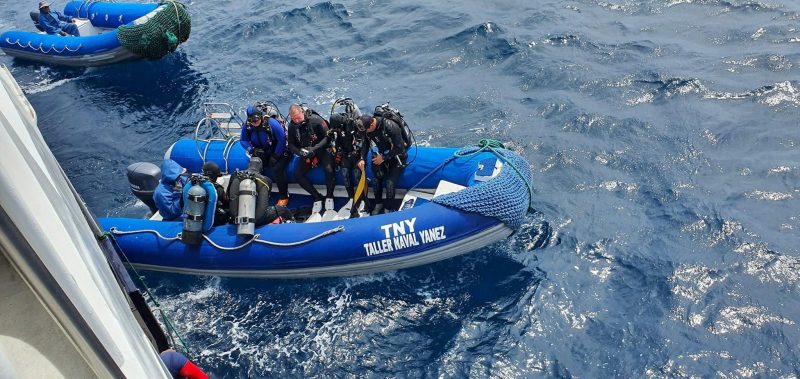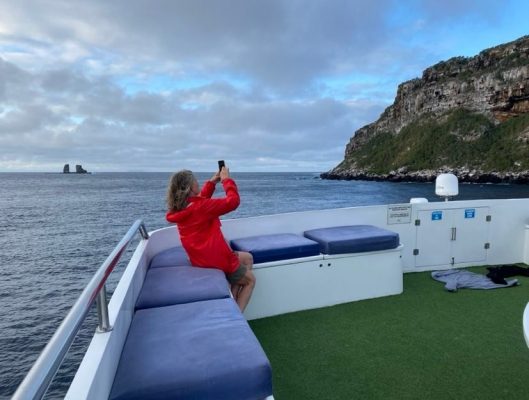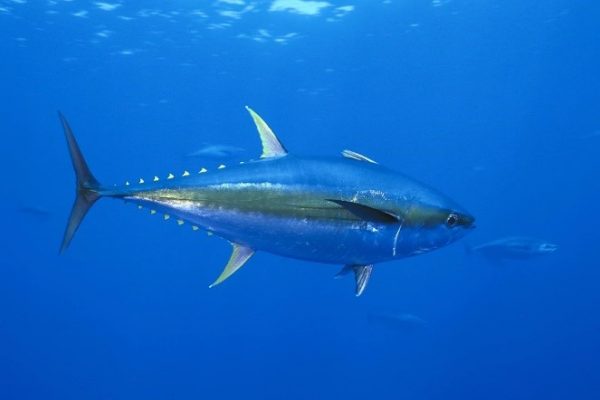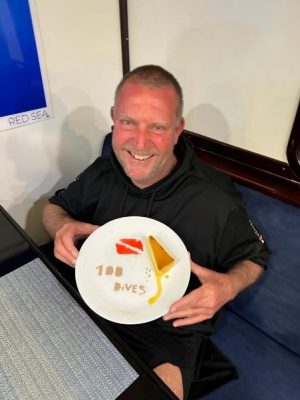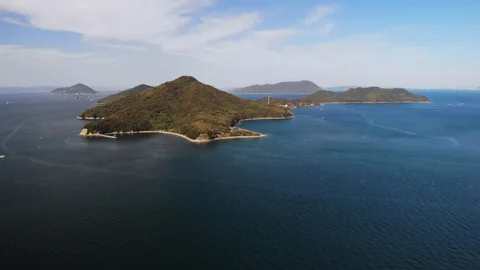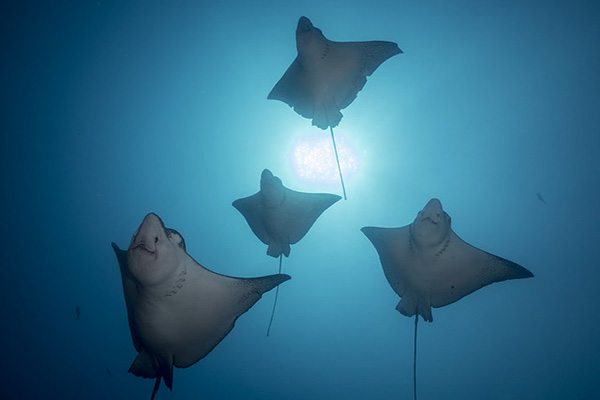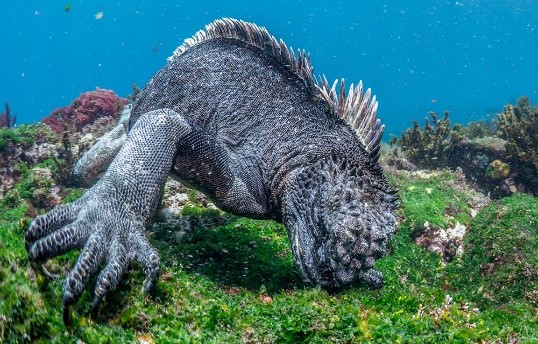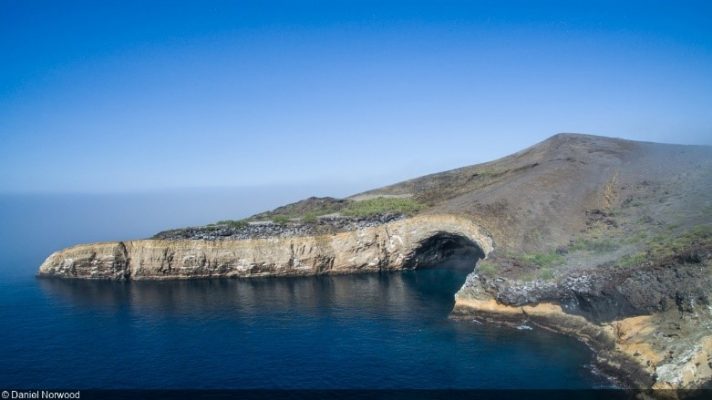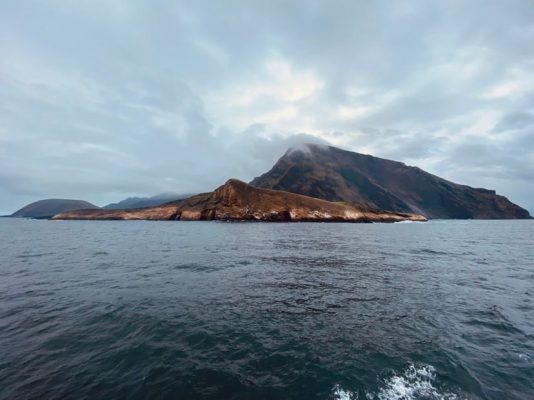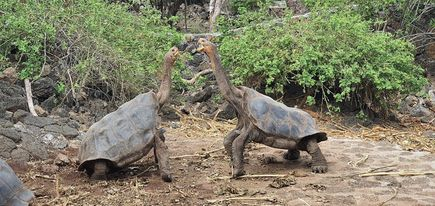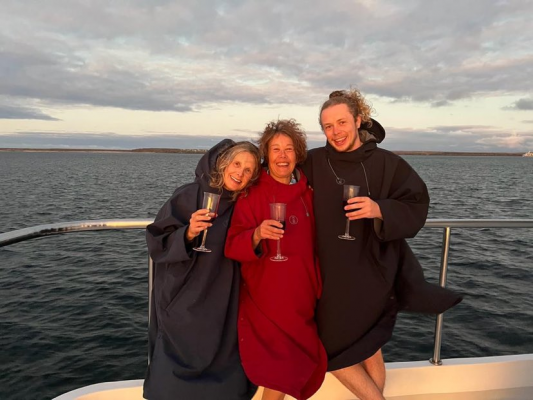Uncategorized
The Galapagos Islands trip review
The trip of a lifetime!
Firstly, I truly do believe that the more you can remove yourself from civilisation, and the further you can travel into remote areas, the diving gets exponentially better. The Galapagos is not just an example of this rule, it is the example of this rule.
After experiencing this truly unparalleled, completely unique, once in a lifetime trip. I really am now spoiled for every subsequent holiday to come. I can now assure you of one simple fact with the upmost confidence. You have to go to the Galapagos!
I would like to start this story as we walked out of the airport in Guayaquil, Ecuador.
Yes, we did start our travels a few days before, but the adventure started here. Even with our jet lag addled minds it was hard to ignore the excitement that comes with the first breath of damp warm humid air that tells you, “yes, you are on holiday again!”. We landed in the early hours of the morning.
For the first day we only had one mission in mind (beat the jetlag!). This was made far easier by the fact that Guayaquil is a vibrant South American city, that we were able to dive head first into.
Our first day had us exploring the Iguana Park, an open-air bus ride around the most scenic and historic parts of the city, a walk along the city’s waterfront, and then of course, all washed down with some glorious cold beers!
The next morning, we were collected by our local guide Simon. We were to learn later Simon is known amongst his colleges as “The Crazy Monkey”. First stop was a boat tour around the Ecuadorian wetlands. Wetlands make up one of the four environments you can experience in Ecuador. This was a fantastic spot for bird watching and bird photography. Ecuador has over 1600 bird species. Contrast that to Australia with only around 850.
This was a great soft introduction to the multitude of wildlife we were to encounter over the next 10 days! If I were to list all the bird life we had encountered on this trip, I can guarantee you would not make it to the end! This wetland area is also a mecca for Blue Mud crab.
As we were leaving the boat we came across a group of locals collecting and washing large numbers of them. We were not long from discovering that these guys are amazing when put into my favourite South American street food item the “Empanada”.
Next, we went for a short hike to look for Howler Monkeys. The flora in the Ecuadorian rainforest is not too dissimilar to that of the wet tropic areas of Australia. This is because they all find roots in the dispersed supercontinent Gondwanaland (dating back around 500 million years). However, the fauna could not be more different! As a Native Englishman I did find it hilarious to watch the explosion of excitement that came from the Australian team each time a squirrel was spotted! Leader of this infectious excitement had to be Wendy! Who would also become a leading expert on differentiating between bananas and plantain! This was not always as clear cut as you might think! After around an hour or so walk into the jungle our hopes of Howler Monkeys were starting to dwindle. We could hear groups calling off in the distance, but so far, we had no luck at actually spotting one. Until Vanessa, (drawing on her days living on safari parks in Africa) spotted the first large male moving through the trees. Once we locked in on one, we realised they were all over our heads. Big males basking in the sun, young mothers and tiny cheeky baby’s clumsily making their way around the trees.
Even after all this the best part of the day was hands down the Cacao farm.
Here we had some of the best food on our trip, and learned how to grow Cacao, ferment the beans, grind them to a paste and make chocolate. Simon was incredibly knowledgeable about the process and was able to tell us in detail how each part of the process is done and how to make sure you only ever get the best chocolate.
The day finished with each member of the team leaving with a chocolate bar they had been able to craft themselves. And again, what day wouldn’t be complete without heading back to the bar to wash it all down with a cold beer!
Day 3 was just a hop, skip and jump of 1000km off the coast of mainland Ecuador and over to the real reason we were here. Landing in the Galapagos was a real “pinch yourself” moment.
The whole team were constantly reminding ourselves that “we actually made it!”. But there wasn’t much time to take it in because we had places to go and sharks to see! Once arriving on the boat, meeting our hosts (Master Liveaboards) and getting settled into our home for the next 8 days / 7 nights, it was time to unload our gear.
There was no messing around! We needed to get wet! First dive was purely a gear and weight check dive. But as is with all the dives around the main islands of the Galapagos, you are sure to have a cheeky sea lion demanding all of your attention. These playful guys really bring some of the best two-way interactions of any animal I have personally had the pleasure of diving with. Often, they are more attentive than your buddy! By this point we were well and truly ready for bed. We had had an action packed few days even just getting us to this point, and nothing really puts you to sleep like the gentle rocking of the boat.
Before we could get off and away to the more remote areas of the Galapagos (that’s right, MORE remote), we had a stop on North Seymore island. Here we got up close and personal with Blue footed Boobies and Magnificent frigates.
As the Galapagos islands have no natural predators you really can get within feet of these unique birds and experience them in a way not possible anywhere else on Earth. This allows you to not just see the bird life, but also understand the behaviour of the animals. Watching the male Frigates court females by inflating their throat pouch (a process that takes them up to 30 minutes), and spanning their huge 9ft wings around her, really was like living in a David Attenborough documentary.
We often found ourselves having to duck as they swooped overhead. Then we had one more dive to really diel in our equipment and weighting before beginning our 20-hour boat ride out to the most famous dive site in the world…. Darwin’s Arch.
The Arch was one of COVID’s many victims (As we know it is safe to blame basically everything in 2021 on COVID). No longer do these two dramatic pillars stand connected. However, we were told by our crew that this site will still always be known as Darwin’s Arch.
After our dive briefing, we really were reminded that everything up until this point really was just icing on the cake. This is what we had come to see and experience. The first dive did not disappoint. We descended into some pretty serious current. We did not know this would pale in comparison to some of the current we were still yet to hit. The plan way fairly simple. Get down, hold on and take it in. The Galapagos does not have much corral. This would normally be a negative, however this played massively to our advantage. We really did spend most of the next three days horizontally rock climbing through the strongest currents our guides had experienced in over 20 years diving in the Galapagos. Nothing really compares to pulling yourself through roaring current, feeling your reg shaking in your mouth, gripping onto whatever purchase you can find on the rocks below. You really would have benefited more from joining a climbing gym before this trip, instead of doing a perfect buoyancy course. But that’s what we were here for! The adventure, the life changing dives that are synonymous with this area. We had only maybe been down for a few minutes when we stopped for our first wall of Hammerheads.
That is the best way to describe it. Not a school or shiver (the correct collective term for sharks), it really was a WALL. As we clung to the rocks like limpets trying to take in all this stimulus at once, trying to really take it all in, now, was when I realised that before actually seeing this I did not really think things like this existed anymore. In most other diving locations, seeing a single hammerhead is an EPIC dive! Seeing a few is mind-blowing! And here we are, on dive 1 looking at a group of sharks that probably outnumbers the entire populations of hammerheads in most countries. And it doesn’t stop there! Galapagos sharks, silky sharks, huge schools of reef fish, countless turtles all swamped us just on this first dive. Like all great dives, it was all over far too soon. Surfacing brought an electric energy to our party. We were now elevated to a tiny minority of the dive community that can actually say “when I was at Darwin’s Arch”….
Dive 2 brought stronger currents again. Here the team started to use more advanced techniques, such as “negative entry’s”. Hands down the best way to start a dive! I can honestly say that all the best dives I have ever done in my life have started with a negative entry. Not just because they are great fun! But because any dive that really requires such techniques means STRONG current! STRONG current means BIG fish! BIG fish means Great diving! Another bucket list item to cruise briefly over us on this just our second dive was a large tiger shark. But no sooner than it had been spotted, it cruised off into the ripping current. This moment was another little reminder that we were diving a site where genuinely anything can happen!
As our first day at Darwin’s Arch continued, the wind picked up. The sea conditions at this point got pretty rough! Here the boat crew really showed us what they were made of. Driving a tender or “panga” (as the locals call them) through high seas really is a skill you cannot appreciate unless you have given it a go yourself. I can tell you, if it were left to me to drive that boat, I wouldn’t have made it 50ft. It is also because of these rough conditions that you will not see many pictures from our dives over the next few days. Both hands were needed for constantly holding onto the rocks and the dive guides strongly discouraged the use of cameras in such strong currents. This forced us to focus on what we were actually experiencing instead of fixating on capturing it. I can assure you, these are not memory’s that will easily be forgotten!
Some of the team chose to relax on board the boat and really try to process everything that had already happened, just before lunch! Even without getting in the water the amount of wildlife that was seen from the boat alone was staggering. Huge pods of dolphins, heaps of silky sharks circling the boat, sea lions and constant swooping frigates. It was on dive 3 that I knew we were already spoilt. You can assume that every single dive here we saw heaps of Hammerheads, heaps of Galapagos sharks, heaps of Turtles as these became the usual suspects on each and every dive.
And so, the diving continued. On dive 4 everyone was already a current junkie! Craig came out elated, and Vanessa decided that from now on, the stronger the current, the better!
To add to our ever-growing list of amazing encounters we added HUGE yellow fin tuna. One of these nuclear war head sized super predators passed right over Craig’s head. I think the best way to try and convey diving at Darwin’s Arch is. Take the best dive you have ever done, make everything 100% larger, 100% closer and times the amount by 10!
If you are still reading, and not yet sick of my indecent boasting, it’s about to get worse! When people say things like “as big as a bus”, I am always heavily sceptical. I have seen many species of mega fauna over the years, including whales, whale sharks, oceanic mantas ect…. But, until this point, nothing had been close to the size of a bus. That is until I dived the Galapagos. The whale shark we saw on day 6 of our trip (day two at Darwin’s Arch) WAS AS BIG AS A BUS! The head could have easily swallowed the whole group! We also had a huge school of Jack’s that literally blotted out the sun. Oh, and I almost forgot, we also saw dolphins! Yes, the diving was that action packed I almost forgot about the Dolphins. Could you think of any better way for Craig to finish his 100th dive!
Diving Darwin’s Arch was an experience none of us would ever forget. Although I could honestly dive this site everyday for as long as my body would let me, it was time to move on. We left Darwin and headed to Wolf Island.
When we think about diving the Galapagos we really think about diving Darwin and Wolf Island. To reach these islands you have to do a liveaboard and even then, not all of them can get there. We were lucky to be on a trip that planned to maximise the time spent at these two heavy hitting islands.
We started the day with an extremely calm dive at Shark Point. This was to be our only slack dive at the two main Galapagos islands. This was a great opportunity for us to remember that “normal diving’ doesn’t involve gardening gloves and rock climbing. Even with the reduced current we still saw Hammerheads and plenty of reef fish, Moray eels, sting rays, turtles. This placid first dive did lure us into a false sense of security.
Dive 2 (site name – Landslide) came in with a BANG! This dive in particular was that strongest current dive of all. At one point I saw Wendy clinging to a boulder. The bolder itself (and Wendy along with it!) then lifted up into the water column. Wendy and the bolder then had to be pushed back down to the floor to stop them both drifting off. The captain told us that it was at least a 6 knot current (our boat travelled at a top speed of just under 9 knots). Diving in these conditions is an experience in and of itself. It would be great fun to dive, even if it was a manmade underwater theme park! Later that day we had maybe our best overall dive. Sharon had been having some trouble with her ears, but had a knack for only getting in on the best dives. This dive in particular was a sort of Goldilocks dive. The current was just right! We managed to get ourselves to a great rocky platform area, right under a group of large, Spotted Eagle Rays. Many would argue these are maybe the prettiest of all rays. As they danced around our heads, they were only interrupted by some of the largest sharks we had seen at any point during our trip (excluding the whale shark of course).
We left Wolf straight after dinner and headed back to the heart of the Galapagos Island. Leaving Probably the best dive sites in the world was a slightly emotional state of affairs. But we still had multiple bucket list items still to tick off.
We started our next day with a cold dive for the weird and wonderful. The Red Lipped batfish is probably the ugliest fish you have never heard of! We were lucky enough to spot two on this dive as the guides told us they had not seen any on previous trips. This prehistoric little guy really does have a face only a mother could love.
Next was one of the strangest dives you can do. Diving for Iguana? For any Planet earth fans, this dive takes place right off the beach from probably the most famous scene on the show. If you remember the Iguanas hatching and instantly being swarmed by hundreds of snakes! That’s where we were. We could see their small black heads scurrying through the light chop on the surface. We dropped in groups of two so as not to spook them while feeding. This was a fantastic experience! Nowhere else in the world can you dive with Iguana. But it isn’t just this, its also the sea lions, the octopus, the cormorants, the turtles, all happening in just 2M-5M of water. This was a dive that everyone agreed was one of our best!
Last dive of this day took us to Punta Vicente Roca.
This in my opinion was the most beautiful, dramatic landscape we had seen both above land and under water. The visibility was perfect. The cold water that chilled most the other divers on the boat was nothing for us Melbourne divers. With a pleasant 17C we happily jumped in for another dive! The walls were covered in black coral and again we were escorted by sea lions the whole dive.
They would shoot down in front of you and twirl 360. If you entertain them and spin back like some kind of under water salsa they really will dance with you. One pup would look at me and spin, I would spin back, he would spin twice (as if to say “give this a go then!) So I would mirror him. He would then spin three times. This went back and forth until I basically gave myself vertigo and had to concede my loss. Another game to play was fetch! I am sad to say that after almost two years of trying to teach my dog how to Actually bring something back and “drop” he is still not as good as a wild sea lion!
There has been so much for me to talk about in this trip report, it has basically turned into a novel. At this point I still haven’t mentioned the amazing food served up constantly by the talented chef on board. A liveaboard really relies on having great food, as you really are a captive audience. I am very happy to say we did not eat a single meal that was anything less than fantastic. Many discovered their love for Seviche on this trip!
What Galapagos trip would be complete without seeing the world-famous Galapagos Tortoises. These beasts are what gave the islands the name Galapagos. With their large saddle like shells they take the old Spanish term for saddle “galapago” (galap – a – go) and names the islands accordingly. Unfortunately, these animals are still heavily trafficked. Even two days before our visit to the research centre Ecuadorian border forces had apprehended an individual with large numbers of baby tortoises stolen from the very research centre we were stood in!
We left Santa Cruz Island for our last night on Galapagos Master. I think everyone came to terms with the fact it was all over differently. But nothing helps you come to terms with finishing the trip of a lifetime like a fine glass of Chilean wine, at the bow of the boat with some fantastic company.
We sat and watched the sun set and talked about how far we had come. Not just in physical distance but also in diving. Myself and Wendy chatted about our first dive together a few years back on Brighton Beach. We saw absolutely nothing and she even vomited after! And now here we were drinking wine in the Galapagos after the trip of a lifetime.

